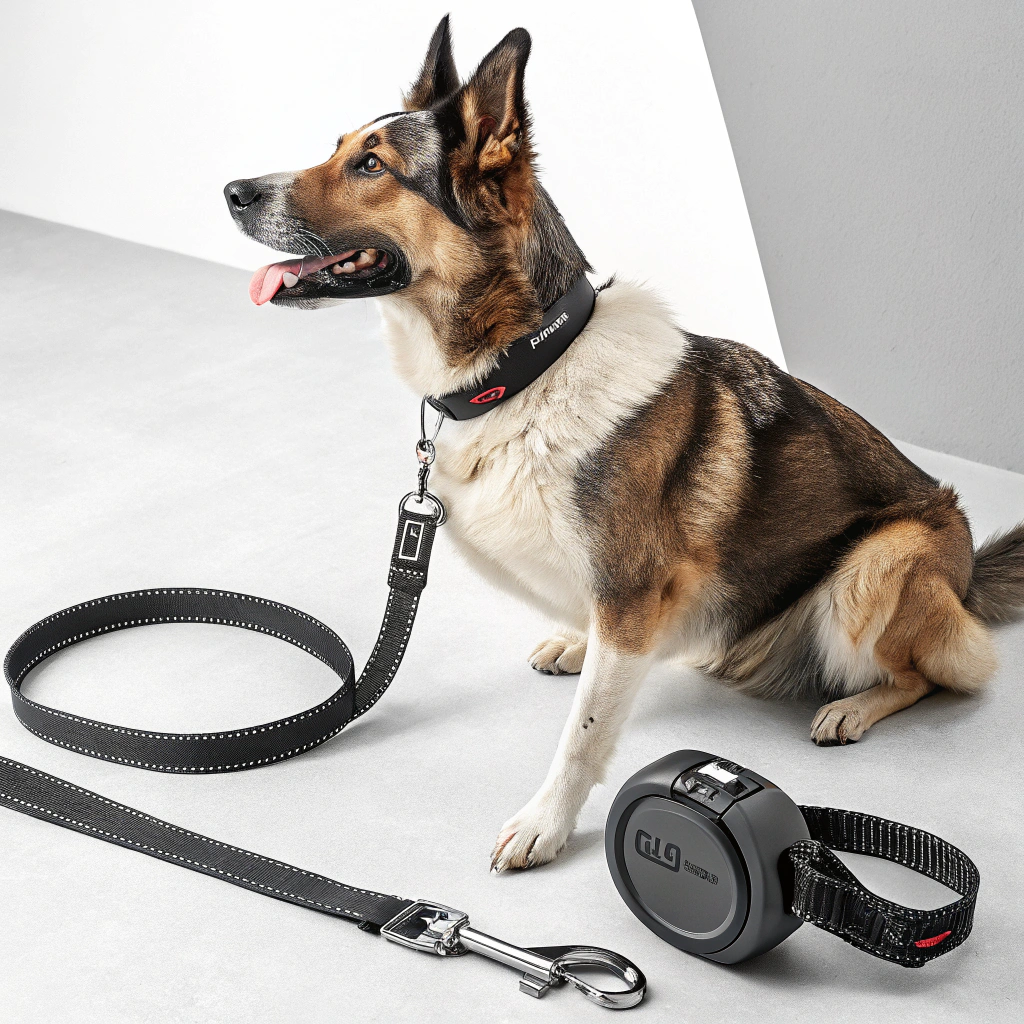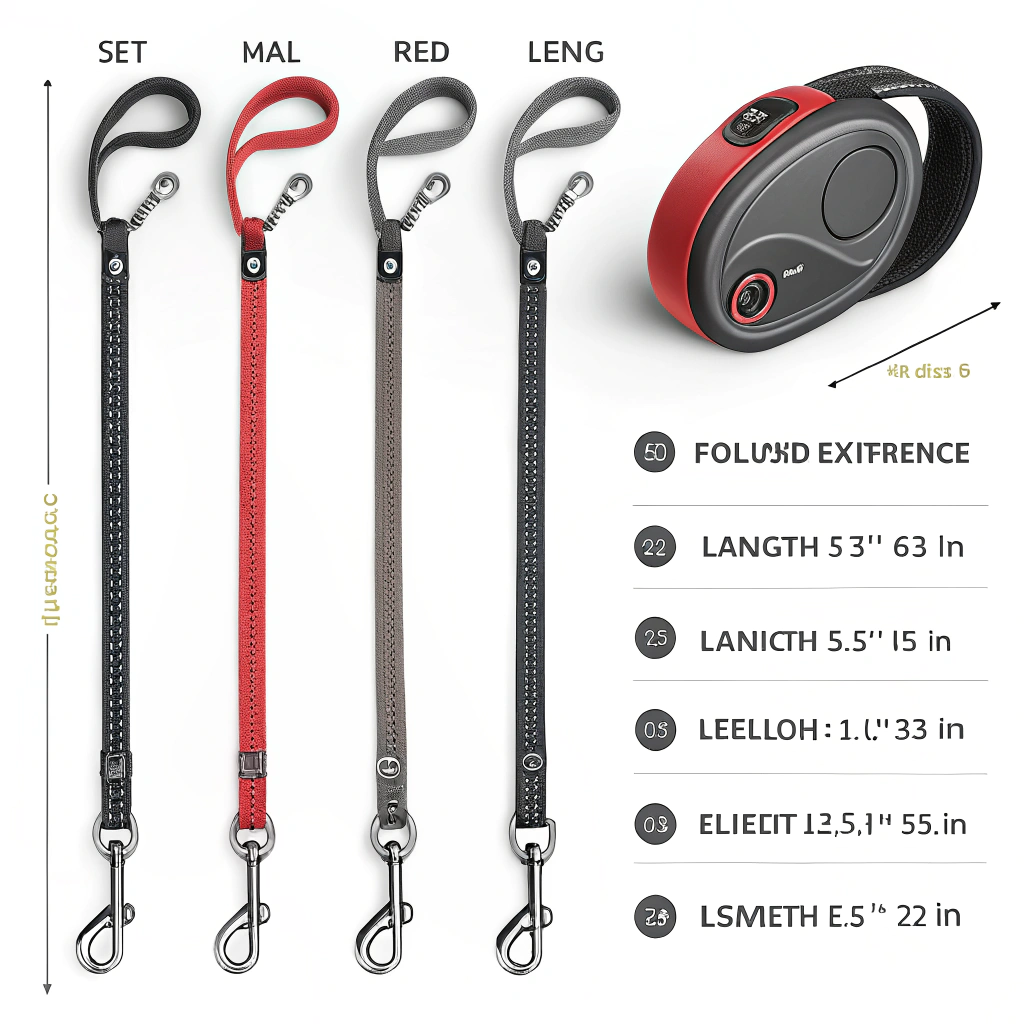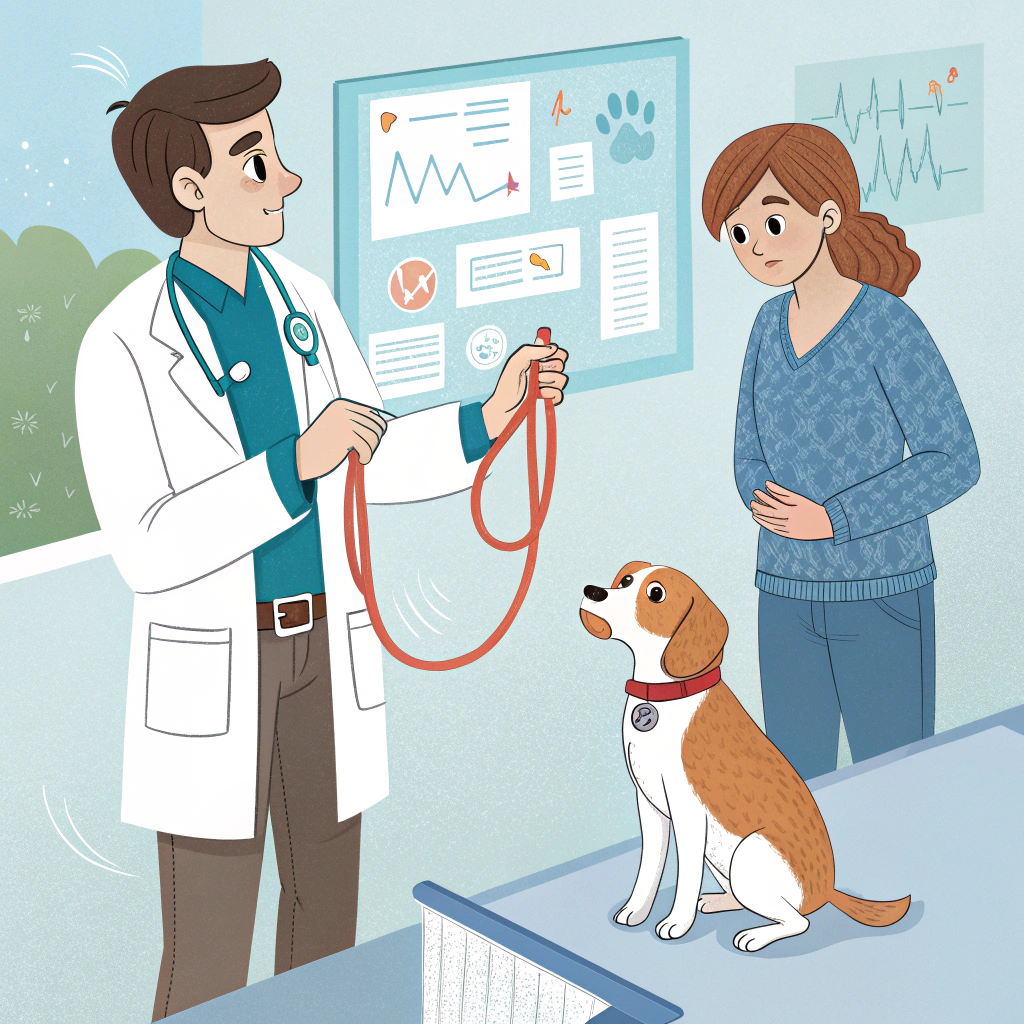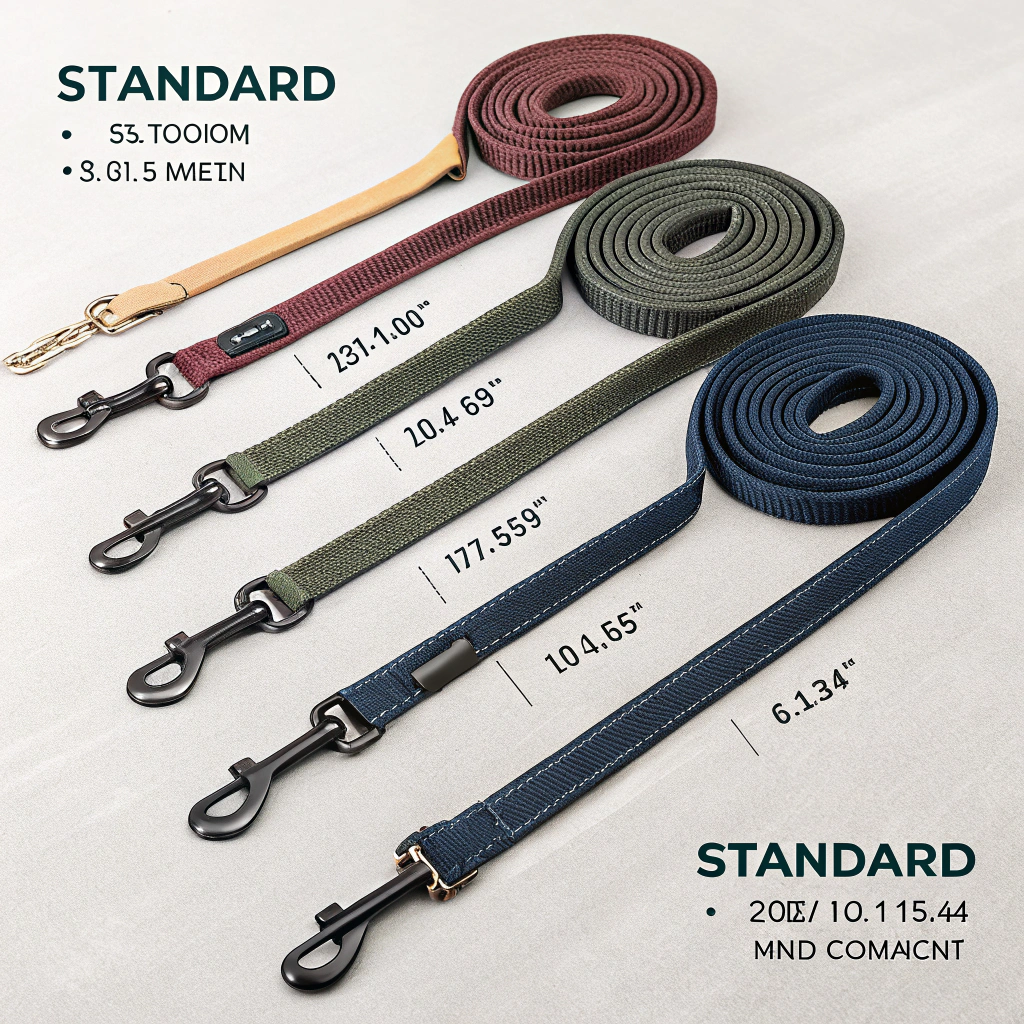How Long is a Retractable Leash?
Walking your dog should be enjoyable, but choosing the wrong leash can create frustration and safety hazards. Many owners are confused about retractable leash lengths and whether they’re appropriate for their pets.
**Retractable leashes typically range from 3 to 30 feet (1-9 meters) in length. The most common consumer models extend to 16 feet (5 meters), while The most common consumer models1 extend to 16 feet (5 meters), while specialty models can reach up to 30 feet. The length varies based on the manufacturer, leash size category, and intended use

I’ve used various retractable leashes throughout my years in the mold industry (where many pet products are manufactured) and as a dog owner. Understanding the options available can significantly impact both your walking experience and your pet’s safety. Let’s explore everything you need to know about retractable leash lengths.
What Length is a Retractable Leash?
When I first started researching retractable leashes for my Beagle, I was surprised by the significant variation in available lengths. The packaging often didn’t clearly explain the actual extended distance.
**Retractable leashes come in various lengths1: Small models typically extend 10-12 feet (3-3.7m), medium models reach 16 feet (5m), and large/specialty models extend to 23-30 feet (7-9m)

Having worked with plastic product manufacturing for years, I’ve seen firsthand how retractable leash mechanisms are designed and tested. The length isn’t arbitrary but carefully calculated based on several factors that affect functionality and safety.
Factors Affecting Retractable Leash Length
The length of a retractable leash isn’t just about how far it can extend. Several engineering considerations determine the optimal length for different models:
| Factor | Impact on Length | Typical Range |
|---|---|---|
| Dog Size | Smaller dogs get shorter leashes, larger dogs get longer ones | 10ft (small) to 26ft (large) |
| Mechanism Strength | Stronger springs/mechanisms support longer extensions | Varies by manufacturer |
| Tape vs. Cord | Tape designs typically offer shorter maximum lengths than cord | Tape: 10-16ft, Cord: up to 30ft |
| Handle Size | Compact handles usually house shorter leashes | Compact: 10-16ft, Standard: 16-26ft |
| Intended Use | Urban vs. rural/open space designs | Urban: 10-16ft, Rural: up to 30ft |
During my factory visits, I’ve observed the testing procedures for these mechanisms. The internal spring tension must balance between providing consistent retraction while not being too difficult for the user to extend. This balance becomes more challenging with This balance becomes more challenging with longer leashes, which is why specialty models1 with extended lengths often feature larger handles and more robust mechanisms
For everyday use, most dog owners find the standard 16-foot (5-meter) retractable leash sufficient. This length provides enough freedom for dogs to explore while still maintaining reasonable control in most environments. However, specialty needs might warrant considering the shorter or longer options available on the market.
Why Do Vets Recommend Against Retractable Leashes?
During a conversation with my veterinarian friend last year, I was surprised by her strong opinion against retractable leashes. Her concerns echoed what many veterinary professionals have been saying for years.
**Veterinarians often recommend against Veterinarians often recommend against retractable leashes due to safety concerns1 including cord/tape burns, sudden falls when dogs bolt, neck/trachea injuries from sudden stops, entanglement risks, and encouraging poor leash behavior

Having designed plastic products for years, I understand both the benefits and limitations of retractable leash mechanisms. My experience has shown me that the engineering challenges of creating safe, reliable retractable systems are significant, and even well-designed products come with inherent risks.
Common Injuries and Concerns with Retractable Leashes
Veterinarians’ concerns about retractable leashes are based on the frequent injuries they treat related to these products:
-
Laceration Injuries: The thin cords can cause deep cuts when wrapped around fingers, hands, or legs during sudden movements. I’ve seen these thin cords slice through plastic during testing, which demonstrates how easily they can cut skin.
-
Fall-Related Injuries: When dogs suddenly bolt to the end of an extended leash, the force can pull owners off balance, resulting in falls and related injuries. This is especially dangerous for elderly owners or those with balance issues.
-
Neck Trauma: Dogs running at full speed can reach the end of the leash and experience severe neck trauma or tracheal damage when suddenly stopped. The physics of this impact can be compared to a bungee jump with inadequate give.
-
Behavioral Issues: Extended leashes can reinforce pulling behavior and poor leash manners. As one trainer explained to me, "Dogs learn that pulling extends their territory, which reinforces the very behavior most owners want to eliminate."
-
Entanglement Hazards: The extended cord/tape can wrap around objects, other dogs, or people, creating dangerous situations in public spaces. The mechanical advantage of the internal spring mechanism makes these entanglements particularly difficult to manage quickly.
From a product design perspective, these issues stem from fundamental trade-offs between convenience (extended length) and control (immediate response). While manufacturing improvements have addressed some concerns (like using flat tapes instead of cords to reduce cutting risks), the basic mechanical limitations remain. This is why many veterinarians recommend fixed-length leashes that maintain consistent control distances.
What is a Good Length for a Dog Leash?
After researching leash options for different walking scenarios, I realized that one size definitely doesn’t fit all when it comes to leash length.
A good standard dog leash length is 6 feet (1.8 meters) for everyday walking and training. For specific needs, 4-foot leashes work well in crowded areas or for strict control, while 8-10 foot leashes are better for training recalls and providing more freedom in open areas.

Through working with various dog trainers during my product development projects, I’ve gained insight into how leash length affects both training and everyday walking experiences. The ideal length balances control with appropriate freedom based on your specific circumstances.
Matching Leash Length to Your Needs
Choosing the right leash length involves considering several factors specific to you and your dog:
| Purpose | Recommended Length | Benefits |
|---|---|---|
| Urban Walking | 4-6 feet (1.2-1.8m) | Better control in crowded areas, prevents dog from reaching roadways |
| Basic Training | 6 feet (1.8m) | Standard training length allows for corrections while maintaining connection |
| Recall Training | 15-30 feet (4.5-9m) long line | Allows practice of recalls while maintaining safety |
| Rural/Trail Walking | 8-10 feet (2.4-3m) | More freedom in open spaces while maintaining control |
| Service Dogs | 2-4 feet (0.6-1.2m) | Maintains close position for working dogs |
| Multiple Dogs | 4-5 feet (1.2-1.5m) | Prevents tangling when walking more than one dog |
During product testing phases, I’ve observed that the 6-foot (1.8m) standard leash repeatedly emerges as the most versatile option for everyday use. This length provides enough distance for dogs to have some freedom while keeping them within a controllable range. It’s no coincidence that professional trainers almost universally recommend this length forIt’s no coincidence that professional trainers almost universally recommend this length for basic obedience and everyday walking1
For those considering retractable leashes despite veterinary concerns, I recommend looking for models with shorter maximum extensions (10-12 feet) for urban environments, and only using the full extension in appropriate open spaces where visibility is good and distractions are minimal. The locking mechanism should also be easy to operate quickly when needed.
Based on both manufacturing knowledge and practical experience, I’ve found that having two leashes is often ideal: a standard 6-foot leash for everyday use and training, and either a longer line (15+ feet) for recall practice or a shorter 4-foot leash for crowded areas, depending on your specific needs.
Conclusion
Retractable leashes typically extend 10-30 feet, with most consumer models reaching 16 feet, but standard 6-foot fixed leashes provide better safety and control for everyday dog walking in most situations.

